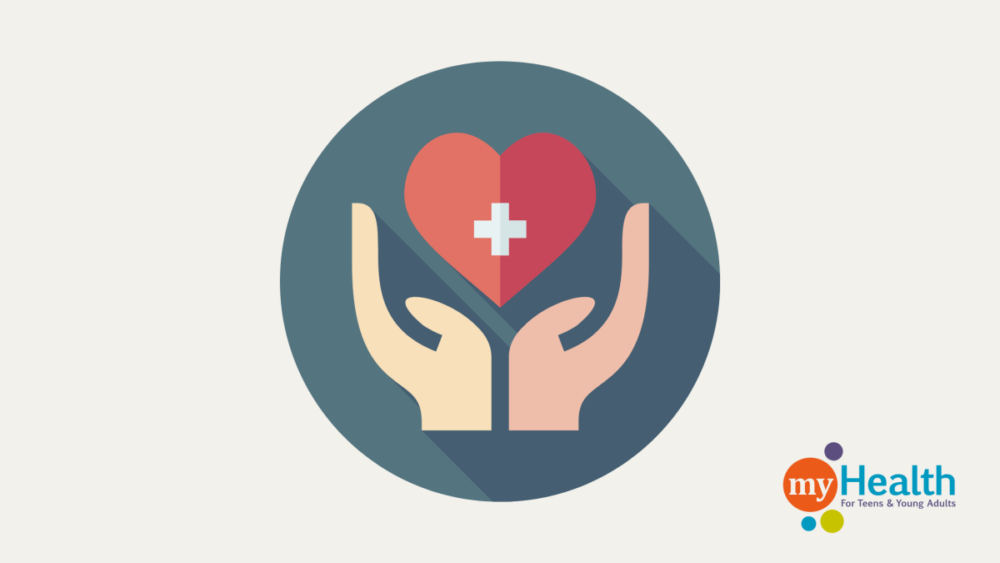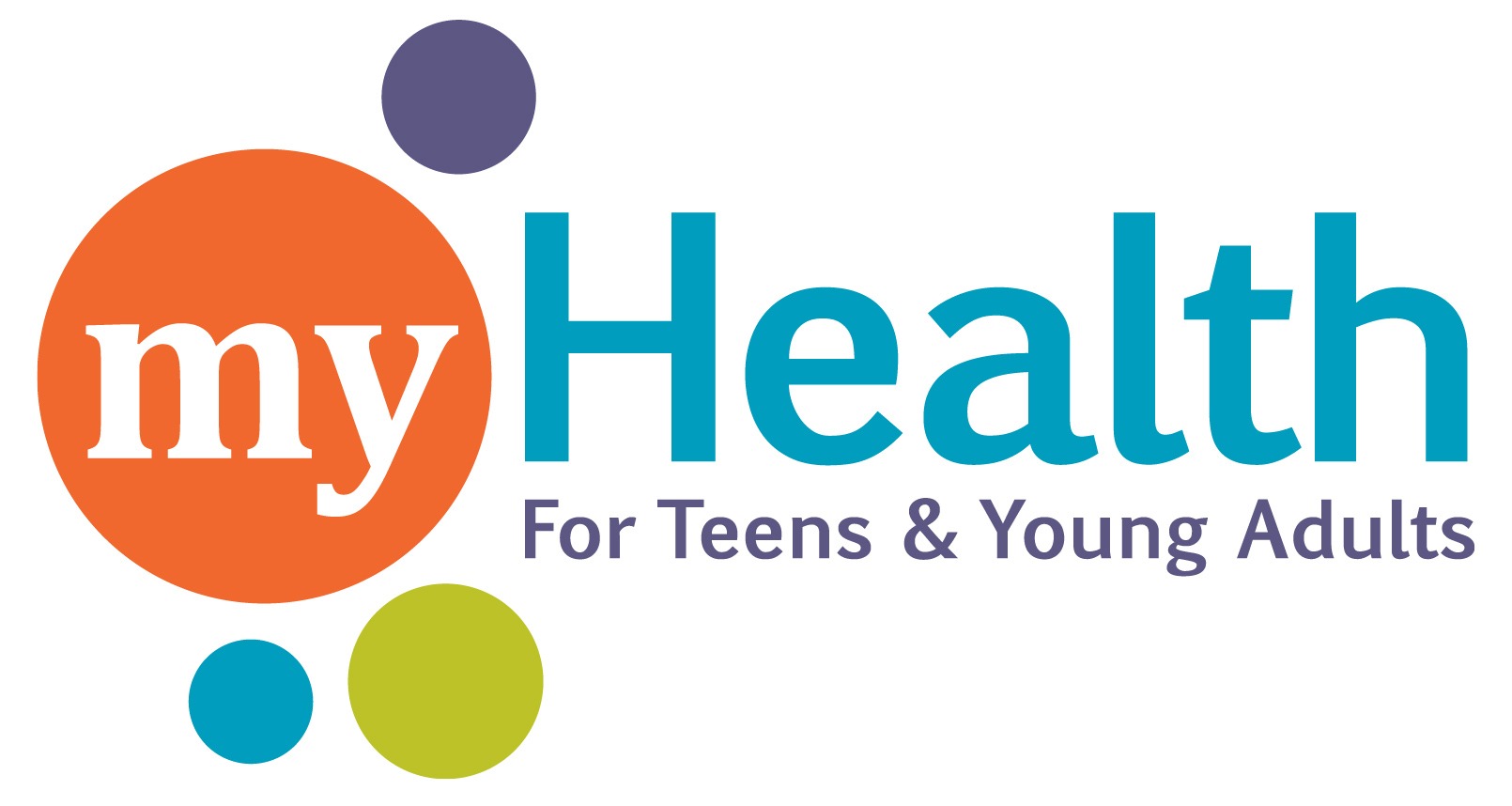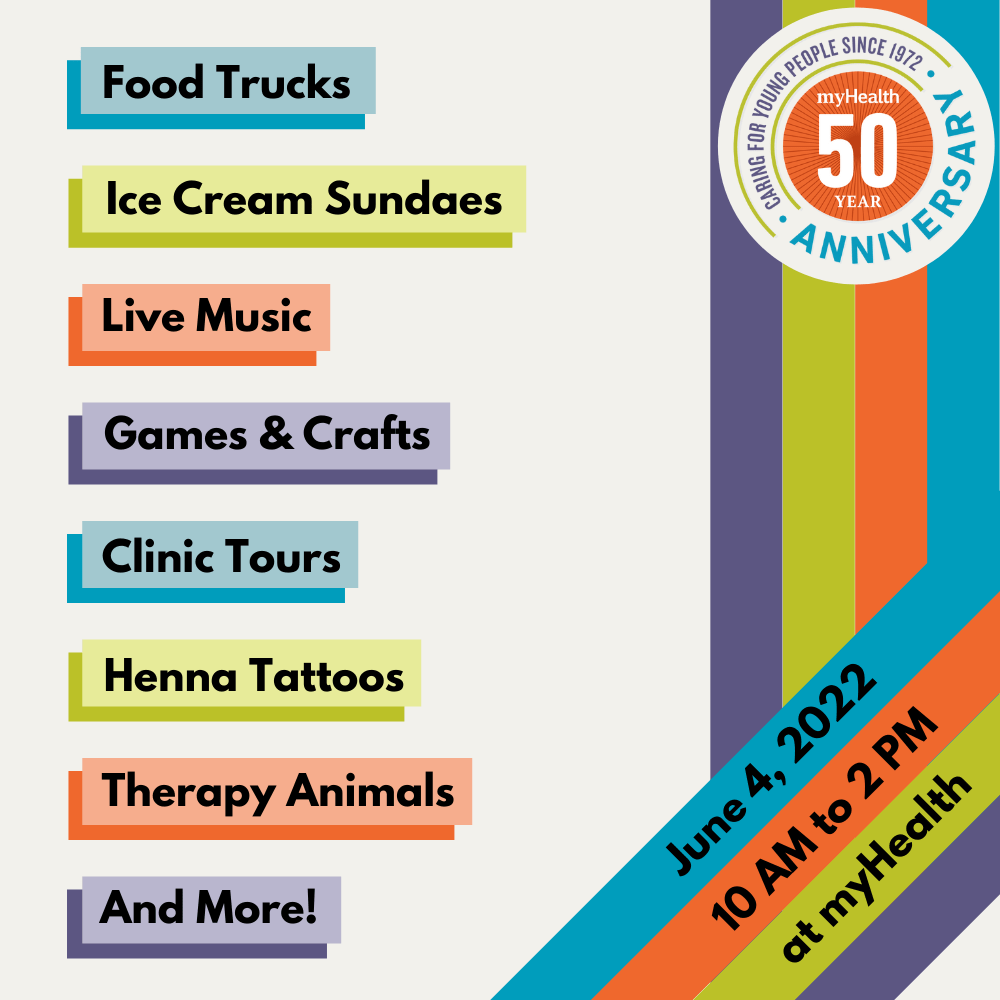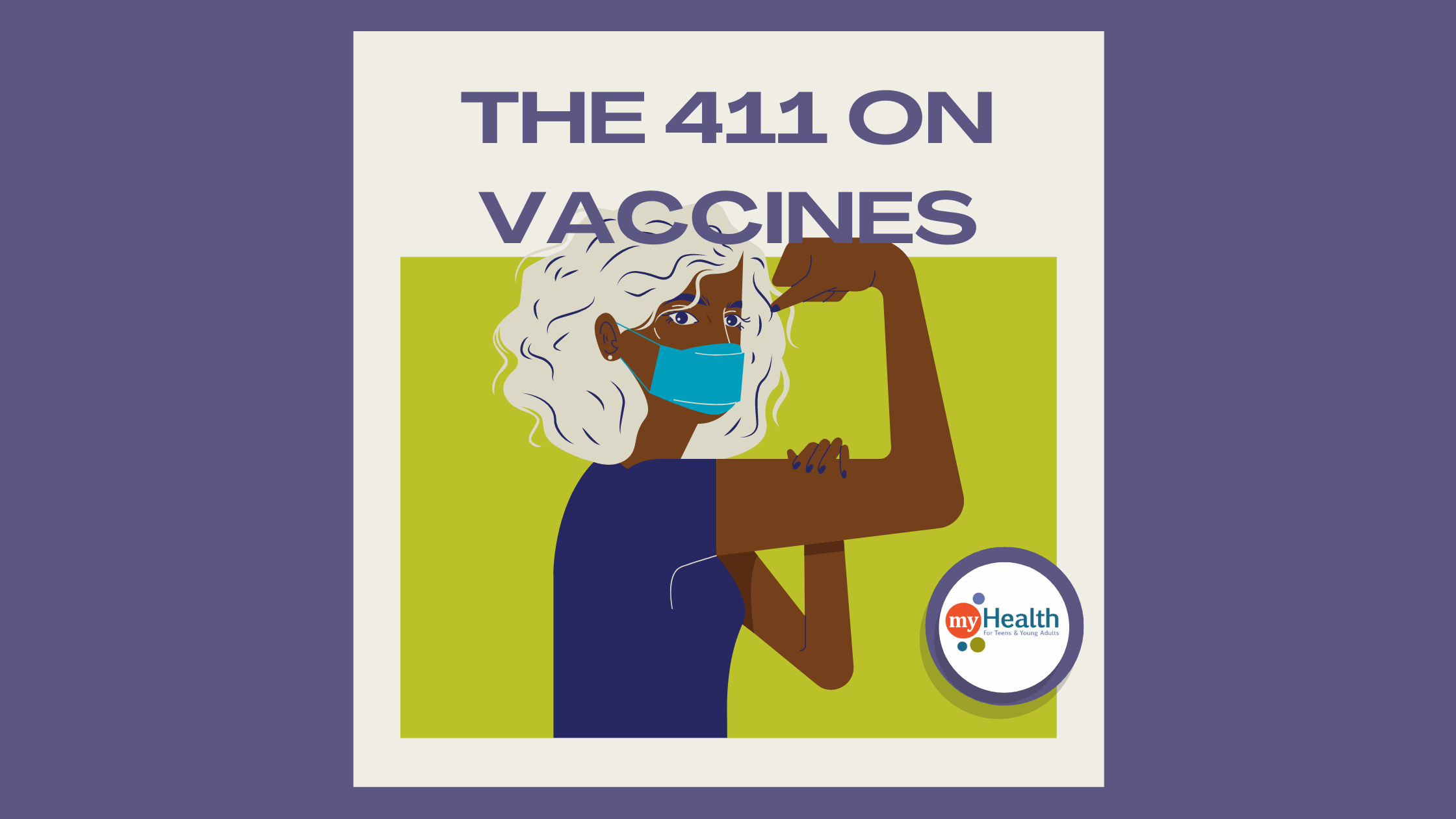
Let’s talk about health care! It’s recommended that people schedule a visit to the doctors once a year, usually this is called an annual exam. At this visit they can talk about any concerns they have about their body, health, or activities. It is a chance for a doctor to provide preventative services and check to see if there are any concerns developing. There are a few things that happen during an annual, so let’s look into it!
The nurse will measure a person’s height and weight. In the office they will ask about medications to see if there are any changes. There will be a depression screening, and there will be questions about a person’s activities such as substance use and sexual activity. The nurse will also ask if the person has any questions or concerns they want addressed that day. During this visit there may be a discussion on contraception depending on the answers a person has about their sexual experiences. This is a great opportunity to ask about different types and the effects it could have on a person.
When it comes to the exam the nurse or doctor will ask to check various parts of a person’s body. They will typically check blood pressure, pulse, the heart, lungs, nose, ears, and, mouth. At myHealth, someone will have a physical exam of their genitals if the patient requests it or if there are things to address such as rashes, discharge, or other irregularities.
Pap Smears
A doctor may recommend a breast exam and a vaginal exam (pap smear). Pap smears should be completed starting at age 21 and continue every 3 years if results are normal*. Sometimes a person is given a hospital gown to wear or a person will remove their bottoms and underwear, a paper cloth is given to place over a person’s lap. During a pap smear, a person will lay on the exam table and the doctor will sit on a stool for the exam. Usually, the doctor will let the patient know what they are doing and state when they are going to go into the vagina. A speculum and lubrication are used to go into the vagina. Sometimes it might feel slightly cold and there might be some pressure. There are different size speculums that a doctor can use so if there is some discomfort with the exam a person can ask for a smaller speculum.
For a pap smear, a small sample of tissue will be taken from the cervix. The doctor will look to check for cysts, discharge, and any other concerns a person might ask about. If a person has a history of trauma or anxiety around vaginal exams they can inform the doctor or nurse and different processes can be utilized to make sure the person feels safe and comfortable during the exam.
Advocacy
This relationship between a doctor and their patient can be vulnerable and it is important a person feels comfortable with the doctor performing exams, asking about a person’s activities, and having conversations about a person’s health. A patient has the right to ask their doctor questions about the exam, treatment, recommendations, and any other part of the visit.
If a person feels uncomfortable with their doctor it could be helpful to search for another provider. Many times clinics will have a small bio on the doctors that a person can use to see if they are a good fit. Doctors will list their focuses, passions, groups they have experiences with, and many times some identities are present in their pictures. Some might mention they are LGBTQ+ comprehensive, sports focused, and so much more.
Identity
A person can let their healthcare provider know how they would like to be addressed and what name they prefer. This can be added to the chart. A patient deserves to have their pronouns and name correctly used during their visit.
*If results are abnormal, the person should have a repeat pap in one year, not any earlier. Their doctor can explain the process more in-depth.
**Check out our blog on what happens at annuals for people with penises









